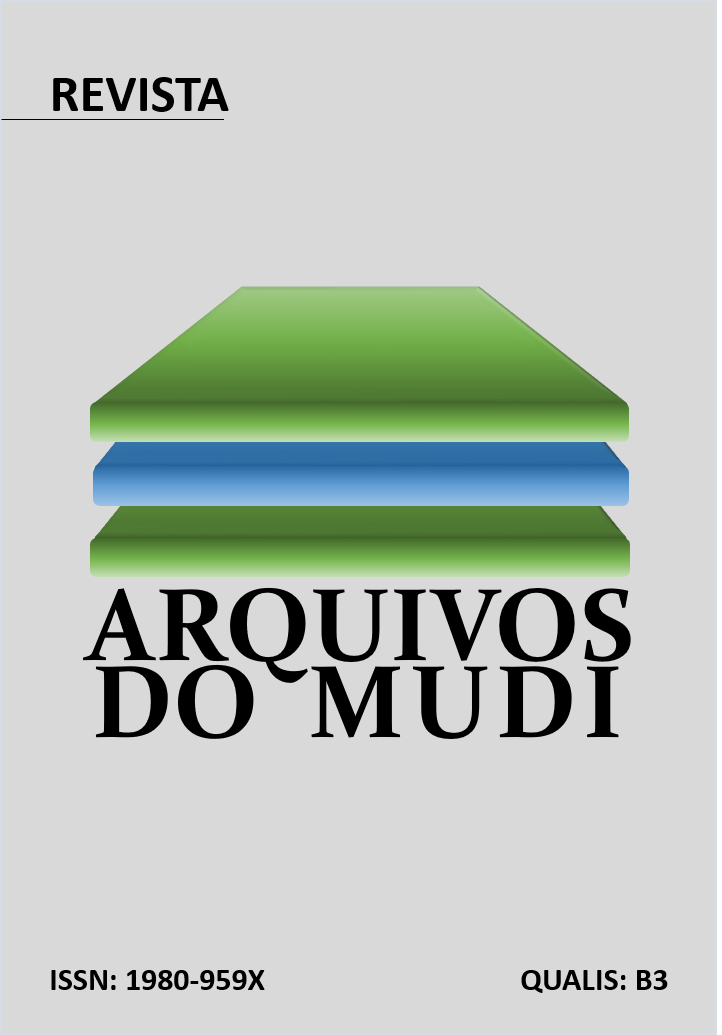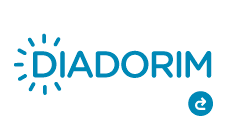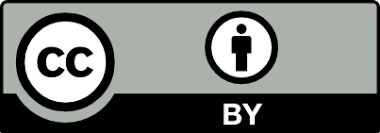O conhecimento de uma segunda língua: explorando os processos cerebrais da aquisição de um segundo idioma
Resumo
Introdução: a aquisição de uma segunda língua promove mudanças cerebrais, evidenciando a plasticidade neural. Embora mais eficiente na infância, o aprendizado na vida adulta exige maior esforço cognitivo. Objetivo: analisar as alterações neurais na aprendizagem de um novo idioma, considerando a idade de aquisição. Metodologia: revisão de literatura com busca sistemática nas bases PubMed e LILACS, utilizando descritores sobre neuroplasticidade e aprendizado de idiomas. Resultados: o bilinguismo aumenta a espessura cortical, a conectividade cerebral e a substância branca, especialmente em áreas da linguagem e do controle cognitivo. Crianças bilíngues apresentam maior eficiência estrutural, enquanto adultos compensam com mais recursos neurais. Conclusão: a idade de aquisição influencia a plasticidade cerebral e a proficiência linguística. A infância favorece melhor adaptação neural, enquanto a aprendizagem tardia exige maior recrutamento de redes cerebrais.
Downloads
Referências
Li P, Legault J, Litcofsky KA. Neuroplasticity as a function of second language learning: anatomical changes in the human brain. Cortex. 2014;58:301-24. DOI: https://doi.org/10.1016/j.cortex.2014.05.001
Yamamoto K, Sakai KL. Differential Signatures of Second Language Syntactic Performance and Age on the Structural Properties of the Left Dorsal Pathway. Front Psychol. 2017;8:829. DOI: https://doi.org/10.3389/fpsyg.2017.00829
Legault J, Grant A, Fang SY, Li P. A longitudinal investigation of structural brain changes during second language learning. Brain Lang. 2019; 197:104661. DOI: https://doi.org/10.1016/j.bandl.2019.104661
Liu X, Tu L, Wang J, Jiang B, Gao W, Pan X, et al. Onset age of L2 acquisition influences language network in early and late Cantonese-Mandarin bilinguals. Brain Lang. 2017;174:16-28. DOI: https://doi.org/10.1016/j.bandl.2017.07.003
Luo D, Kwok VPY, Liu Q, Li W, Yang Y, Zhou K, et al. Microstructural plasticity in the bilingual brain. Brain Lang. 2019;196:104654. DOI: https://doi.org/10.1016/j.bandl.2019.104654
Bice K, Kroll JF. Native language change during early stages of second language learning. Neuroreport. 2015;26(16):966-71. DOI: https://doi.org/10.1097/wnr.0000000000000453
Prat CS, Yamasaki BL, Kluender RA, Stocco A. Resting-state qEEG predicts rate of second language learning in adults. Brain Lang. 2016;157-158:44-50. DOI: https://doi.org/10.1016/j.bandl.2016.04.007
Yang J, Cao F, van Heuven WJB, Mei L. Editorial: Second language learning and neuroplasticity: individual differences. Front Psychol. 2024;15:1417238. DOI: https://doi.org/10.3389/fpsyg.2024.1417238
Vaquero L, Rousseau PN, Vozian D, Klein D, Penhune V. What you learn & when you learn it: Impact of early bilingual & music experience on the structural characteristics of auditory-motor pathways. Neuroimage. 2020;213:116689. DOI: https://doi.org/10.1016/j.neuroimage.2020.116689
DECLARAÇÃO DE ORIGINALIDADE E DIREITOS AUTORAIS
Declaro que o presente artigo é original, não tendo sido submetido à publicação em qualquer outro periódico nacional ou internacional, quer seja em parte ou em sua totalidade.
Os direitos autorais pertencem exclusivamente aos autores. Os direitos de licenciamento utilizados pelo periódico é a licença Creative Commons Attribution 4.0 (CC BY ): são permitidos o acompartilhamento (cópia e distribuição do material em qualqer meio ou formato) e adaptação (remix, transformação e criação de material a partir do conteúdo assim licenciado para quaisquer fins, inclusive comerciais.

Recomenda-se a leitura desse link para maiores informações sobre o tema: fornecimento de créditos e referências de forma correta, entre outros detalhes cruciais para uso adequado do material licenciado.

















